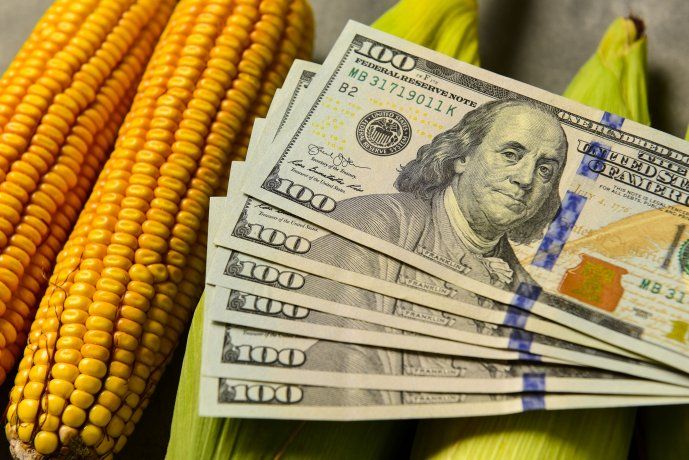Farmers, aware of market volatility and the need to optimize their medium and long term income, prefer to distribute their operations over time instead of liquidating large volumes.
The recent reduction in withholdings on the main grains generated an environment in which prices show a remarkable recovery, motorized by the rise of the soy, wheat and corn. However, despite the fact that this environment of best prices It could suggest greater urgency on the part of the producers to sell their crops, it is actually observed that sales volumes remain at usual levels. This phenomenon is explained by a combination of economic factors and strategic that govern the behavior of producers.
The content you want to access is exclusive to subscribers.
First, the decrease in withholdings acts primarily on the profit margin per unit sold. By improving the net price that producers receive, The measure allows them to obtain greater benefits without downloading large amounts of their inventory immediately. In other words, the incentive focuses on optimizing profitability per ton, which encourages a gradual sales strategy instead of a sudden liquidity eagerness.


The reasons not to settle
In addition, the grain market is characterized by its own dynamics, in which both production and marketing are made in well -defined cycles. Producers usually plan their sales taking into account factors such as seasonality, contractual commitments and expectations about the future evolution of prices.
This medium and long -term perspective leads them to be cautious, preferring to distribute their operations to minimize the risk associated with market volatility, even when favorable temporary conditions occur.
retentions corn exports grains reserves dollar

This medium and long term perspective leads them to be cautious.
Depositphotos
Finally, it is important to highlight that the behavior observed in the negotiated volumes responds to a market consolidation instead of an abrupt change in the offer. The approximate figure of U $ 2,000 million In exports, it reflects, in large part, the valorization of the grain sold and not necessarily an increase in the amount marketed.
Thus, although the reduction of retentions has improved prices, it does not significantly alter the sales strategy of producers, who choose to take advantage of the rise gradually and planned to ensure stability in their income over time.
Source: Ambito




